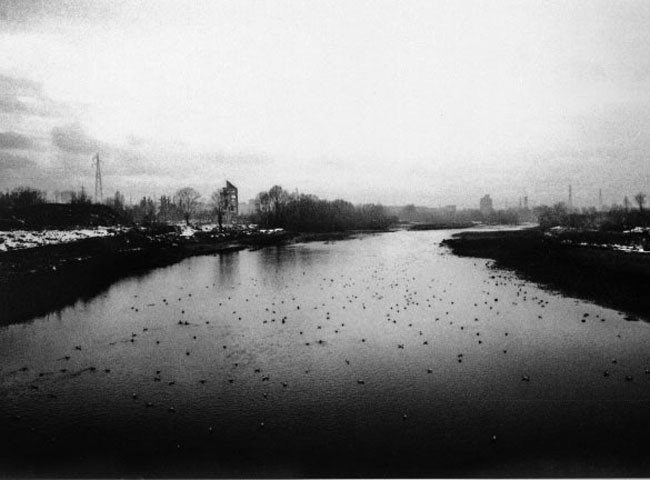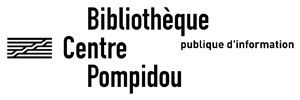Il Futuro del Mondo Passa da qui
-
Réalisé par Andrea Deaglio • Écrit par Andrea Deaglio
-
Italie • 2010 • 63 minutes • Mini DV • Couleur et Noir & Blanc
- Réalisation :
Andrea Deaglio - Écriture :
Andrea Deaglio - Image :
Francesco Bordino, Andrea Deaglio, Francesca Frigo, Andrea Parena - Son :
Mirko Guerra - Montage :
Enrico Giovannone - Musique originale :
Niccolò Lindo Bosio
- Production (structure) :
BabyDoc Film - Coproduction :
Colombre Film - Participation :
Le Piemonte Doc Film Fund - Ayant droit :
BabyDoc Film
- N° ISAN :
non renseigné
Résumé
"Cela commence comme Blow Up. Un jour d’automne embrumé, le réalisateur prend une photo d’un pont à la périphérie de sa ville. La beauté de ce paysage au carrefour de deux bras de fleuve ne masque pas longtemps une présence d’abord insoupçonnée : ces marges sont habitées. Sans les démunis, immigrés du sud de l’Italie, les gens du voyage et les drogués qui le fréquentent, ce no man’s land "serait une décharge", remarque un habitant. Que devient un squat de plein air quand il se sédentarise sur une durée de trente ans ? Une terre cultivable, dont Angelo, Gerardo et d’autres fermiers de fortune réclament la propriété. Le titre utopique du film propose de faire de cette marge un centre ; aux autres la frange. L’un des habitants, quand il évoque son ancien emploi de vigile, ne dit-il pas qu’il travaillait "dans l’enclave des gens riches" ?
Pour le cinéaste, le centre du monde est ici, là où finit la route, où il n’y a plus que des pierres et de l’eau. D’où un dispositif sobre mais net : au paysage les plans fixes, aux habitants une caméra portée curieuse des bricolages de chacun, cruciaux jusque dans leur minutie car ce sont autant de techniques de survie. Ces plans très peu dialogués alternent avec des récits individuels écrits sur fond noir – un choix formel qui adjoint au projet photographique inaugural une singulière qualité d’écoute."
(Charlotte Garson, Cinéma du réel 2011)
"It begins like Blow Up. One misty autumn day, the filmmaker takes a photo from a bridge on the edge of his town. Yet, the beauty of the landscape between two branches of the river soon unmasks a presence that first escapes notice: the riverbanks are inhabited. Without the presence of the destitute—immigrants from southern Italy, travellers and drug addicts—this no man’s land “would be a rubbish tip”. What does an outdoor squat become when it has been established for thirty years? Arable land, to which Angelo, Gerardo and other makeshift farmers lay claim. The film’s utopian title suggests making this marginal spot into a centre; it is the rest of the world that lives on the fringe. When one of the inhabitants recalls his former job as caretaker, doesn’t he say that he worked “in the enclave of the rich”?
For the filmmaker, the centre of the world is here, where the road ends, where there is nothing but water and stones. Hence a sober but clear-cut construction: for the landscape static shots, for the inhabitants a hand-held camera that peers into everyone’s tinkerings, crucial down to the tiniest detail as they are techniques for survival. Sequences almost devoid of dialogue alternate with individual story inserts written on a black background—a formal choice that brings to the initial photography project a singularly high quality of listening."
(Charlotte Garson, Cinéma du réel 2011)
Mot(s)-clé(s) thématique(s)
Sélections et distinctions
- 2011 • Images en bibliothèques • Paris (France) • Film soutenu par la Commission nationale de sélection des médiathèques
- 2011 • Cinéma du réel • Paris (France) • Prix Joris Ivens
Comment avoir accès au film ?
-
Édition DVD
- Il n'existe pas d'édition DVD à notre connaissance
-
Accès VOD
- Il n'existe pas d'accès en VOD à notre connaissance
- Diffusion non commerciale / Consultation

